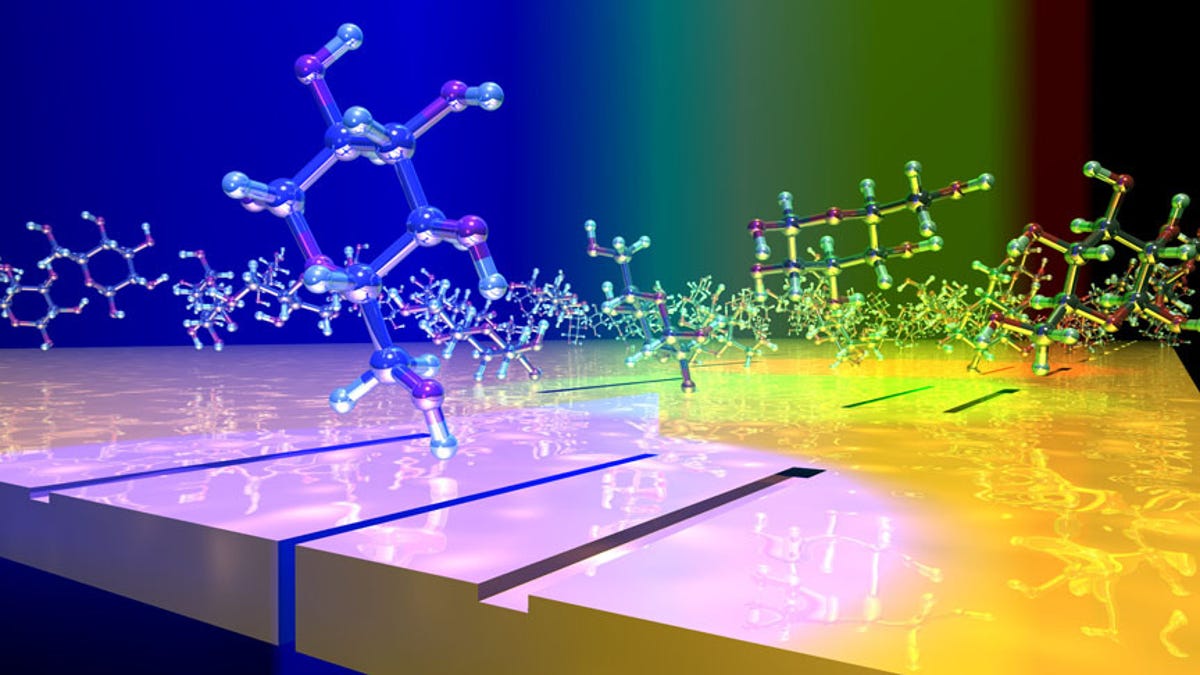New biochip measures glucose levels in saliva
Engineers at Brown say the chip can also detect other substances in tandem, including anthrax.

Glucose levels are 100 times more concentrated in blood than in saliva, which is why in spite of many efforts to use saliva, diabetics are still pricking themselves to get accurate glucose readings.
But now, harnessing the power of nanotechnology, engineers at Brown University say they've designed a biochip that can measure glucose levels in saliva almost as accurately as current devices can measure levels in blood.
To do this, the engineers etched a complicated array of thousands of plasmonic interferometers (no, this is not an episode of Farscape) onto a fingernail-size biochip. This means they were essentially using nano-scale slits and grooves to capture and then scatter incoming photons; they then observed the resulting interplay of light waves and changes in intensity to detect the concentration of a specific chemical--in this case glucose.
By combining nanotechnology with surface plasmonics, the team has built a sensor capable of measuring more than just glucose levels. The researchers, who have published their proof-of-concept in Nano Letters, say the device should be able to simultaneously detect a wide range of chemicals or substances, including anthrax, using just one chip.
The next step will be to continue to test the device for accuracy in measuring glucose and other substances by further tailoring the sensors.
While a saliva-based glucose sensor that can rival the accuracy of blood-based monitors has proved elusive thus far, diabetics may be pleased by the promise of this highly complicated manipulation of light. Spitting at an idea could take on a whole new meaning.

